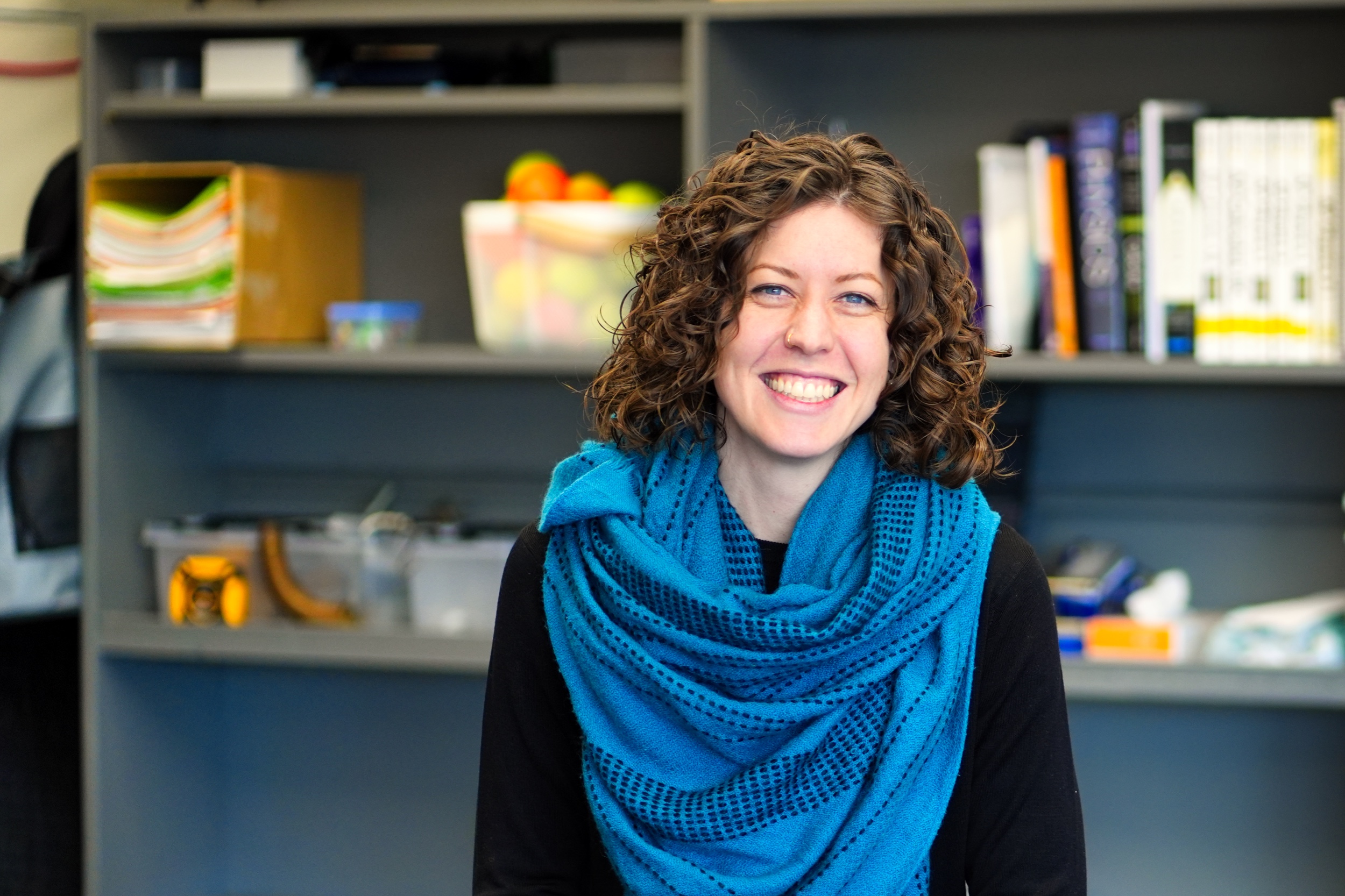Math Department at CAJ
Megan LaPoint, Department Head

Mathematics allows us to understand the constantly changing complexity that exists in the world around us and gives us a language to describe God’s incredible design. The Italian astronomer and physicist Galileo Galilei observed that “Mathematics is the language with which God wrote the Universe.” It explains all of the invisible laws of physics and substantiates everything that is in nature; it reflects the inherent qualities of our Creator in creation. Colossians 1:16 states, “For in him all things were created: things in heaven and on earth, visible and invisible, whether thrones or powers or rulers or authorities; all things have been created through him and for him.”
Mathematics allows us to understand the constantly changing complexity that exists in the world around us and gives us a language to describe God’s incredible design.
The study of mathematics allows us to appreciate how God loves and delights in order and precision.
At CAJ, students are being trained to think critically, to discover order and patterns, and to enjoy the universe God created. From kindergarten to AP Calculus, students work together to uncover patterns in God’s creation and apply the math they’re learning to real-world situations. At the elementary school level, students focus on developing number sense and producing numerical representations for the world around them. Rigorous middle and high school math programs present students with engaging challenges, nurturing minds that can pose new questions and think creatively. Students explore algebra, geometry, applied math, advanced algebra, pre-calculus, statistics, along with differential and integral calculus.
 Mathematics allows us to understand the constantly changing complexity that exists in the world around us and gives us a language to describe God’s incredible design. The Italian astronomer and physicist Galileo Galilei observed that “Mathematics is the language with which God wrote the Universe.” It explains all of the invisible laws of physics and substantiates everything that is in nature; it reflects the inherent qualities of our Creator in creation. Colossians 1:16 states, “For in him all things were created: things in heaven and on earth, visible and invisible, whether thrones or powers or rulers or authorities; all things have been created through him and for him.”
Mathematics allows us to understand the constantly changing complexity that exists in the world around us and gives us a language to describe God’s incredible design. The Italian astronomer and physicist Galileo Galilei observed that “Mathematics is the language with which God wrote the Universe.” It explains all of the invisible laws of physics and substantiates everything that is in nature; it reflects the inherent qualities of our Creator in creation. Colossians 1:16 states, “For in him all things were created: things in heaven and on earth, visible and invisible, whether thrones or powers or rulers or authorities; all things have been created through him and for him.”